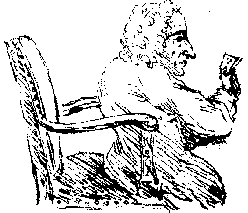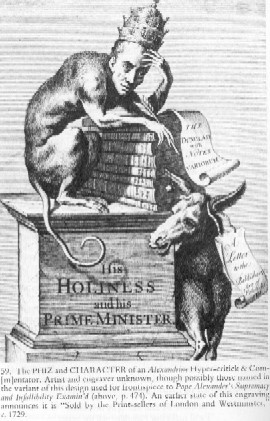Pope's Essay on Man and Theodicy
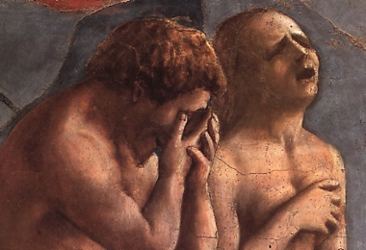
theodicy: The word itself means "justification of God." Theodicy proper considers a number of issues in philosophy and theology associated with the character and nature of God; however, theodicy is most often associated with the problem of evil. Namely, if God is all knowing, all loving, and all powerful, why is there so much evil and suffering in the world?
If God is all loving and powerful but not all knowing, then perhaps he doesn't perceive all that's wrong with the world. If God is all powerful and knowing, but not all loving, then perhaps he's not entirely a nice guy. If God is all loving and knowing, but not all powerful, then perhaps he can't stop all the evil. However, if God is all three, as Christians believe, then why does God continue to allow evil in the world?
Seven Christian Responses to the Problem of Evil:
- The Free Will Argument: This argument states that God wanted us to freely love him, which meant allowing for the possibility that we might choose against him. And we have--all of us since Adam and Eve. So evil in the world is not entirely God's fault. It is an unfortunate result of the human ability to make choices, the biblical fall being its classic beginning.
- The Soul Improvement Model: This model points out that God often allows the conditions of evil and suffering to improve us. We are incomplete or marred beings in need of moral sanctification and growth. We become purified through life's trials. Many higher-order goods (e.g., self-sacrifice, endurance, courage, compassion for the poor) are not possible unless we have to overcome evil.
- The Great Design Argument: This suggests that God designed the world in such a way that it included the possibility of evil, but that if rightly perceived, we would understand that all of it works together for a greater good.
- The Eschatological Answer: Granting all the above, God has also promised that such evil and suffering is only for a finite time in human history. God will bring an end to it all, and evil will be rightly answered by its destruction. An extension of this is that the Church should be a community that looks to that future justice by modeling it now: we are to work toward God's promised shalom. We are not fatalists.
- The Suffering of God Response: This response assures us that God has not abstracted himself from our situation--that he, too, suffers with us. God weeps for Israel, the Holy Spirit grieves over sin, and Christ suffered for us that we might have an example of how to undergo suffering.
- Theodicy as an Aporetic Puzzle: This approach breaks with the previous models in many ways. The problem of evil is not something to be solved, but something to encounter and be changed by within a certain theological belief and practice. The one who struggles with theodicy may do so to test and reaffirm a position of simple faith and trust in God; may have a mystical sense of suffering with or in God; may, in wisdom, reach one’s limitation before divine inscrutability; or may respond in the biblical tradition of protest, seeking to affirm God’s mystery and goodness even amidst confusion and doubt.
- Disavowal of Theodicy: There are, unsurprisingly, many who disavow theodicy. This position argues from a number of different directions that the theodicy project is misfounded. Some suggest that theodicies tend to deny, trivialize, or downplay the suffering of others. Or theodicy is a mistaken approach to the problem because it results in closing down what only God can truly answer. For some, theodicy if done at all must be done within the praxis of sufferers. Theodicies by their very structure seek to provide a totalizing account that attempts to best or exclude other accounts. For others, theodicy is misfounded because one cannot "justify" the supreme being, theodicy being a form of presumption and idolatry.
Pope's Answer
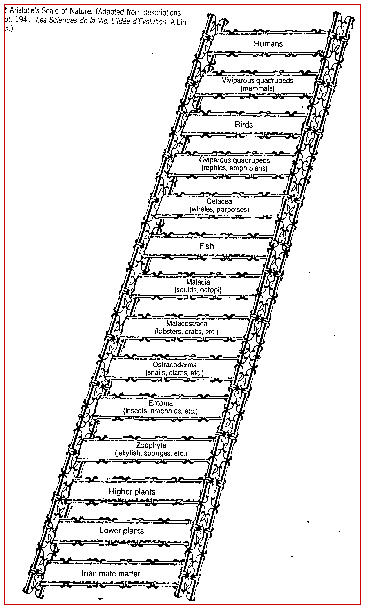
Alexander Pope's answer is a species of the Great Design argument, one that relies on the ancient Greco-Roman, and then Medieval Christian, model of the Great Chain of Being. His model does have elements of the aporectic puzzle and, perhaps, at points something approaching a disavowal of theodicy. His model argues:
- Human beings operate from a limited perspective, full of irony and confusion,
- God, on the other hand, has created the world perfectly, for he is perfect Being.
- As a result, it is only our limited misconceptions that perceive evil and suffering as without purpose or imperfect.
- If we had God's perspective, then all discord would be seen as harmony and all evil, would be understood as good, for "WHATEVER IS, IS RIGHT."
- It is human pride and arrogance to question God's design and to suggest that we should be something other than what we are.
- Pope argues that, because human beings are part of a chain of being, to try to be something we are not is to break the chain and bring it crashing down. For humans to try to have as much knowledge as the angels is to remove ourselves from our proper place.
- Likewise, to wish to have the particular physical and sensate strengths of other animals is foolish because we would become distorted and unsuited for our present place in the order of things.
The Great Chain of Being: the belief that all creation is connected in a great hierarchy, from the most finite to the infinite, in a continuous chain of all creatures, beginning at the bottom with inanimate matter and ascending all the way to infinite divinity (i.e., God). Humans beings were often conceived as being at the center of the chain, for they shared in the sensate and physical functions assigned to animals, as well as the rational, spiritual functions assigned to angels.
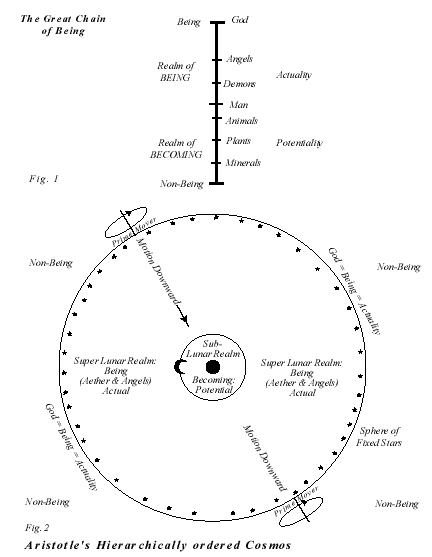
Pope's Medical Condition
Question: As you read the following, ask yourself, how did Pope's own disability influence his writing of Essay on Man?
In early childhood, Pope contracted tuberculosis of the bones (Pott's disease), probably from his wetnurse. Symptoms began to manifest at age 12. The disease left him permanently stunted--four feet six inches tall, crippled, and hunchbacked, and prey to migraine, asthma, and lingering colds. While the disease periodically went into remission, for most of his adult life his symptoms grew progressively worse. As an older man, he was dependent on others for such basic functions as dressing. He had to wear several layers of clothing to keep warm because he was highly sensitive to cool temperatures, and he had to wear a tightly bound, leather corset to support his torso, eventually supplemented in his final years by an iron frame as his spine and vertebrae began to collapse. While he had the romantic and sexual desires of most people, his disease prevented him from marrying and fathering children. In addition, his deformity was often used by his enemies as a way to humiliate and taunt him, including public representations of him that depicted him as a toad or small monkey.
[The above information comes from Dr. Kevin Gardner, Baylor University]
